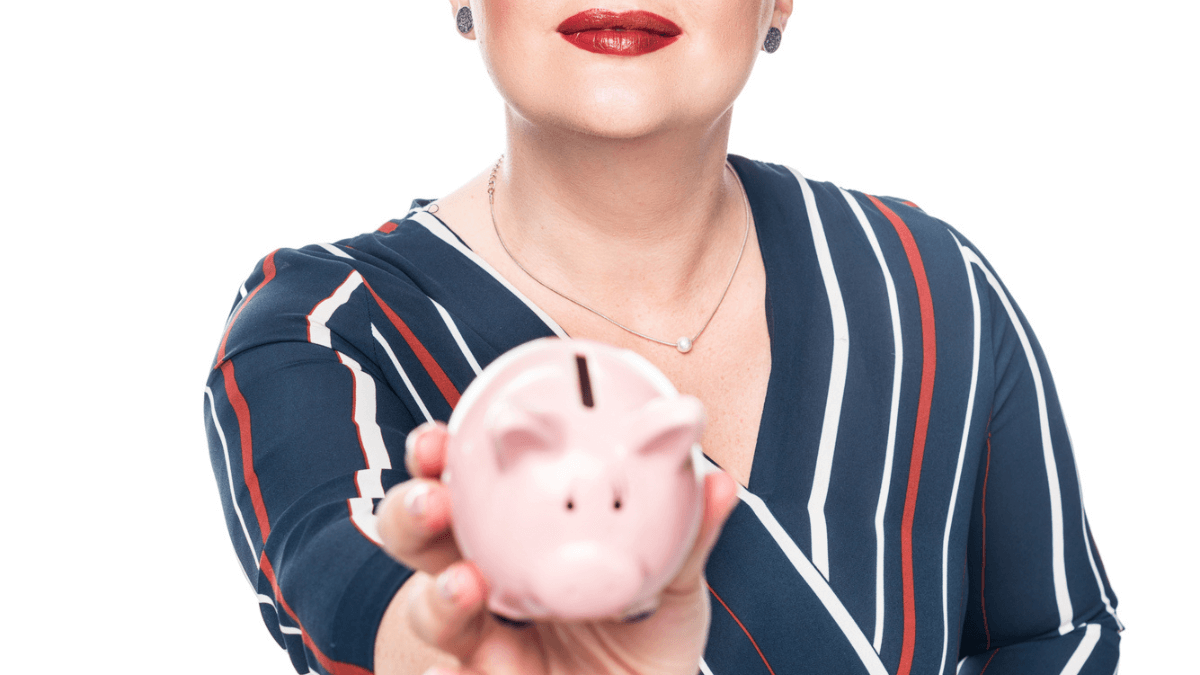Until now, I have written about many things that will help you reach Financial Independence and Retire Early. We have talked about making extra money, starting with investing (for bonds, stocks or ETFs), I have provided the Ultimate Guide to Financial Independence and Retire Early. However, there is one important topic I will be discussing in this article; the savings rate.
The basics behind the Financial Independence and Retire Early movement is to have enough lump sum or passive income to pay of your desired lifestyle. Forever. You don’t have to work anymore, you can do whatever your heart desires!
The savings rate is the amount you save as a percentage of the amount you earn. It is a quick way to see how much of your income you are using. There is no one perfect way to calculate your savings rate. The basics are simple, but there are additional factors that can spice things up a bit.
What Do We Need The Savings Rate For?
The savings rate is a benchmark to see where you’re at with your finances. It is an easy way to calculate how much of your income you’ve saved throughout the year (or month).
Your savings rate is one of the most important financial measures at the beginning of your FIRE journey – even more important than your rate of return.
Your savings rate will help you make decisions. You can see how a specific financial decision will affect your savings rate over both the long term and the short term.
This means your savings rate is directly linked to your actions. Increasing savings will mean that you are saving for either a fat retirement (fat FIRE) or a shorter time to retirement. So the higher your savings rate, the quicker you will be able to retire.
How To Calculate Your Savings Rate
The basic equation is:
Savings / (Gross Income – Taxes)
Let’s go through the formula one by one. The first is savings; how much you save every month as a total dollar amount. You include pre-tax and post-tax investment contributions. If you want to, you can also add your monthly mortgage payment, but only the part that goes to your principal. The interest part of your payment is seen as costs! I would be careful with adding your mortgage payment since houses, in general, do not have the same return on investment as the stock market.
Then, gross income is the sum of your job, side jobs, side businesses, and everything added up. Before paying taxes.
Lastly, let’s discuss taxes, our favorite subject! On your payslip, you can find the monthly amount you pay in taxes. If you are having multiple jobs, please add that tax as well. If you have another side hustle or are self-employed, use your expected tax rate or your tax rate of last year.
Let’s Calculate!
Let’s say your per month savings is €500 pretax and €1000 after tax. In addition, you decide to not add your mortgage payment into the mix (since houses will have mostly below average return on investment).
Your total job income is €40.000 per year and you have a side hustle that makes you €8.000 a year. This will total €48.000 per year or €4000 per month.
On this amount you pay taxes: €12.400 on your salary and €2000 on your side hustle. This totals €14.400 or €1200 per month.
1500 / (4000 – 1200) = 53,57%
This math is pretty basic, you can also switch around the numbers a bit to see how they change when you are saving more or getting more income.

Increase Your Savings Rate
I currently live on half my income and I know you can do that too! I believe that every single person wants to increase their savings rate, they just don’t know it yet! Everyone wants to either save more or spend less. This is the exact way to increase your savings rate.
Related read:
- Increase your savings with these 25+ incredible easy tips to save money.
- Create A Budget That Works For You – The Full Guide
- Paying Yourself First as the ultimate financial freedom hack so you don’t have to budget
Increasing your savings rate can significantly decrease the amount of time you need to become financially independent and retire early. If you are saving 0% of your income, you will never be able to retire. On the other end, if you are saving 100% of your income, you are able to retire right at this moment.
What is your current savings rate?

Founder of Spark Nomad, Radical FIRE, Journalist
Expertise: Personal finance and travel content
Education: Bachelor of Economics at Radboud University, Master in Finance at Radboud University, Minor in Economics at Chapman University.
Over 200 articles, essays, and short stories published across the web.
Experience: Marjolein Dilven is a journalist and founder of Radical FIRE, a personal finance platform, and Spark Nomad, a travel platform. Marjolein has a finance and economics background with a master’s in Finance. She has quit her job to travel the world, documenting her travels on Spark Nomad to help people plan their travels. Marjolein Dilven has written for publications like MSN, Associated Press, CNBC, Town News syndicate, and more.


Hi Savvy,
Good that you’re diving in the savings rate, I also was overwhelmed when I first started to take a look at it
I’ve decided to look at common factors that everyone deals with, but these specifics you’re talking about indeed make it more complicated!
I have been reading a lot about savings rates lately in order to see if I am calculating ours correctly. It gets complicated depending on how you want to tackle taxes, HSAs, Flex Spending accounts, retirement matches from an employer, etc. in our country (the US). Thanks for your simplified but well thought-out take on things.